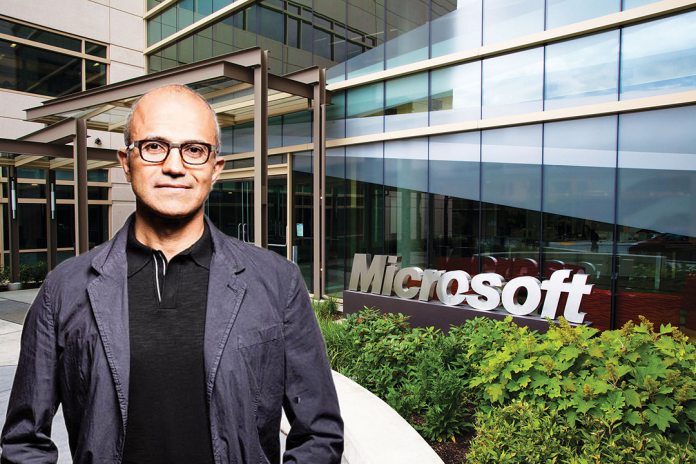However, Nadella arguably stole the show with an Apple-esque “one more thing” moment. The Microsoft CEO and Whitehurst announced a new partnership between Microsoft and Red Hat. Called Azure Red Hat OpenShift, the solution is now generally available. While Microsoft’s embrace of open source is now years in the making, it is still staggering to some of us observers who have followed the company for decades. Let’s not forget, former CEO Steve Ballmer once called Linux “a cancer”. Sure, Ballmer was typically hyperbolic, but the message was clear. Open source was Microsoft’s enemy. How times have changed. Here was Microsoft’s CEO on stage at a massive Linux conference. Satya Nadella touched on Microsoft’s shift in focus: “We have to be a bit humbler and say, ‘Okay, how do we bring value to the table with great technologies coming from a lot of places’. It’s driven by what I believe is fundamentally what our customers expected for us to do.” Whitehurst spoke about the amazing change we have seen in recent years: “Five years ago we had been linked to the whole adversary relationship. It’s just amazing to see how much progress we’ve had together. And I think that’s on both sides and both desire to serve our customers, and we found such great range to work together.”
Deeper Ties
You may remember Red Hat’s OpenShift solution arrived on Microsoft Azure last year. Now the two companies are expanding the collaboration. Specifically, Azure Red Hat OpenShift integrates Red Hat’s Kubernetes-based OpenShift with Azure cloud more deeply. For example, customers can now add Kubernetes applications in containers to Azure workflows. “Azure Red Hat OpenShift is a one-of-a-kind solution in the public cloud. Offering the best of OpenShift with pro-active 24/7 management and support from both Microsoft and Red Hat,” Microsoft explains in an accompanying blog post. “With the general availability of the service, it’s a great time to see how the combination of Microsoft and Red Hat working together can make enterprise software development more agile and reliable, while still living within the confines of enterprise software requirements.”




